Feeding Future Ancestors | "Spam" and Rice Bowl
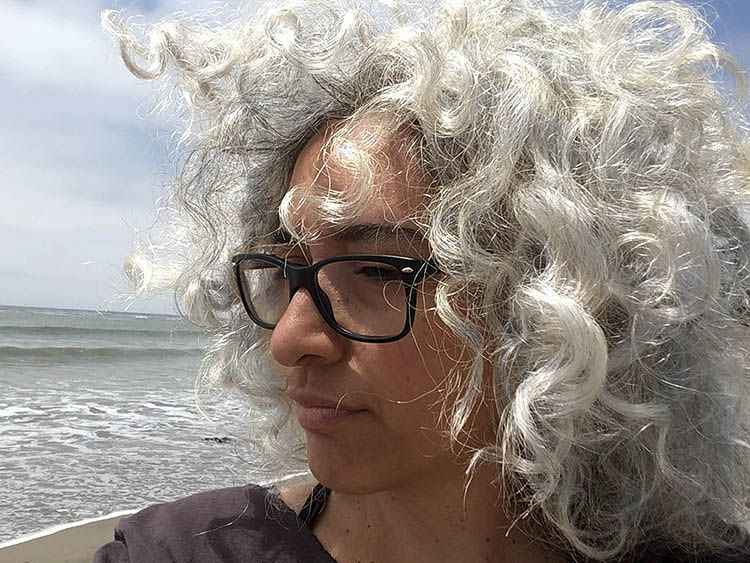
Rae Mariz is a speculative fiction storyteller, artist, translator, and cultural critic. She’s the author of the YA sci-fi The Unidentified (2010), the climate fantasy Weird Fishes (2022), and many works of narrative non-fiction in between. Rae has long roots connecting her to the Big Island, the Bay Area, and the Pacific Northwest and lives in Stockholm, Sweden with her long-term collaborator and their best collaboration yet.
In my late teens, I asked my mom for our traditional family recipe for Kielbasa bean soup. I’d just moved into a place with a friend and we were still learning to cook for ourselves, and looking to expand our repertoire of dishes beyond frozen from-the-bag stir-fry. My mom was like, “sure thing, sweetie!” and sent me a recipe that was: Some sliced celery, cubed potatoes, Kielbasa sausage, 1 giant can of Campbell’s Bean and Bacon soup and a bay leaf... Thanks, mom. Based on anecdotal evidence, I’m not the only one in my generation to find out the bulk of their family favorites came from a can. I’d really thought this was a recipe passed down for generations or something. Maybe it was. Campbell’s Bean and Bacon soup. Our heritage, our legacy.
I have a kid of my own now who recently expressed interest in helping out more in the kitchen. I was delighted, and tried to hold onto that delight when she pulled the parchment paper from the drawer and the entire thing unrolled across the kitchen floor in a slapstick sitcom scenario. I assured her every skill takes time to learn (while mopping up spilled pasta water), but it’s been fascinating to break down all the coordinated actions someone has to master to feel confident in the kitchen. I wondered how I ever learned it all. My mom never taught me. For an afterschool snack, my mom used to take a cold hot dog out of the package, wrap the bottom half in a paper towel and hand one to my brother and one to me, and we would run around whatever place we were renting at the time, munching on it like a meat popsicle without the stick. Maybe you’re horrified, maybe you can secretly relate. We were kids. You eat what they give you.
I’ve been thinking a lot about how we learn, so I can teach my kid what she’ll need to know. Life skills for an uncertain future. Maybe it’s all just something you figure out as you go. Like how did I get from wielding a cold meat tube in the living rooms of Santa Cruz to being able to whip up a variety of tasty vegetarian meals with confidence in Stockholm? With a lot of help!
I learned how to cook in the kitchens of Portland punk houses in the late Nineties. Where three to four people were signed onto the lease, but eight kids were stumbling out of bedrooms and rolling off couches, sun high in the sky, looking for breakfast. That was where I got my foundations in meal prep. The first step in probably like 86% of all my cooking starts with sautéing finely chopped garlic in olive oil. My chaotic cooking style can be traced back to those communal kitchens. With spilled coffee grounds speckling the countertops, arms reaching over heads to grab spices off the rack. That was the environment where I learned how to chop vegetables, season generously, and top it all off with Sriracha. (I kind of just realized why I always write stories about feral kids raising each other.) My first encounter with the secret ingredient in nearly all my current dishes took place there. Lacinato kale, dinosaur kale or black kale. It’s so beautiful. A marvel. We punk kids would sing its praises. Watch the water collect like bright opals in the leaves’ textured folds. De-rib the stalk and thinly chop and it’s ready to add into anything. I fold it into tomato pasta sauces, toss it last minute into potato hash dishes, or quickly pan-fry in olive oil and sea salt for a crunchy topping on soups.
Ironically, the fresh ingredients I learned to prepare were often dumpstered. Stores throw out so much food. Items on shelves are precious enough to protect with security guards, surveillance cameras, special mirrors and alarm systems, but as soon as food products pass the sell-by date, they’re worthless as commodities. Punk kids knew how to graze the unlocked dumpsters after closing, and brought home weird zucchini or ugly apples, perfectly edible food that didn’t match the ideal of what consumers would buy. I learned how to recognize what was still good, how to make do with what’s abundant, and how much goes to waste on a massive scale in grocery stores and supermarkets.
A lot of the foods and ingredients I grew up with aren’t available in Sweden (R.I.P. Campbell’s Bean and Bacon Soup) and I haven’t really eaten meat in my adult life, so my childhood favorites haven’t been on the menu for the last 20 years. People often ask me, “Don’t you miss it?” Meaning both eating meat and the “tastes of home,” I guess. And the true answer is, “not really?” I don’t feel like I’ve been going without. A change in habits doesn’t need to be an act of sacrifice or matter of scarcity. For me, migration and displacement didn’t mean I lost my connections to the places I’d called home. It gave me opportunities to enjoy new flavors and skills and comforts, and recognize connections between seemingly unrelated communities. I’ve been given more than I’ve given up.
Of course, I have gotten some twinges of nostalgia, at times. When I was pregnant, I got surprisingly intense cravings for those preservative-heavy, pre-packaged “home cooked” comfort foods of my youth. It awakened ancestral memories of Spam and rice the way my gramma made it: Sliced thin and sizzling in the pan in her kitchen in Hilo.
That “ancestral memories” thing was a joke. Spam itself is often treated as a joke. It’s used as a stand-in for “something gross” which, viewed in its uncooked form, I totally get. It slides from the can with a suctiony slurp, it has a geometric shape not often associated with foodstuffs. The pallor resembles the skin shade of a naked mole rat. And there’s… for lack of a better word… goop. The unappealing fat globs which make the Spam fry up so nice!
If you’re a meat-eater and haven’t tried Spam before for whatever reasons, I’d encourage you to challenge your canned-meat prejudices and give it a taste. I think one of the misunderstandings about Spam is that a little can go a long way. I only needed two, maybe three thin slices to a huge bowl of rice because it was so salty and flavorful. The rice balances it out. If you’re making food for just yourself, then a whole can of Spam can be a bit of overkill. We usually had 4-7 people (gramma, grandpa, me and my brothers, sometimes my parents) sharing the one can along with a full pot of rice.
I’m fascinated by the hold this particular meat product has on me. Its allure, its place in my heart. No one had to pry a cold hot dog out of my grasp, but what is it about Spam that makes it so hard for me to let go? Yes, a lot of it is context—memories of my gramma standing over the pan, grease sputtering, as the pieces get their rosy color—but Spam is also just indescribably tasty. I’m just going to have to wistfully remember the ineffable taste of Spam.
Most of Spam’s “gross” reputation is based in class and race smugness—often used to blame Hawaiian people’s health problems on their food “choices”. Spam became part of Hawaiian and other Pacific Islanders’ diet due to the unavailability of other proteins coming to the islands during wartime rationing. They stocked up on the stuff and developed cuisines to accommodate what was available for survival. Spam unites, Spam saves lives. Show some respect.
I think about what my grandparents experienced and what those experiences taught them in the same way I try to imagine what my daughter and the other kids I care about might experience and be taught. We’re in a scary time right now, but history is rife with scary times. Supply chain issues and rising food costs are making precarity visible to people who hadn’t experienced it previously. It’s weird to see empty store shelves in Stockholm. A lot of us who can afford it have become accustomed to getting what we want when we want. We’ve mistaken convenience for efficiency, and selection for choice. I’ve known that the global food system was unsustainable since my dumpster-punk days. Did our parents know? Hard to say. Sometimes, in brief moments when I’m feeling generous, I’ll give them the benefit of the doubt. Allow that powerful structures were in action to muddy the waters and minimize the scope of the problem. They were told they could simply buy other products and that would be enough. They were offered selection instead of choice.
“Unsustainability” has been used as a buzzword, overused, so that we’ve been numbed to its meaning. The issue continues to be presented like we have a choice between feeding people sustainably or unsustainably. Unsustainability isn’t an “option”; the word itself means there’s an expiration date. Whether the generation before mine understood that or not, they didn’t prepare their children for what we’re facing now. Very few of us know how to get food any other way than from a store shelf (even dumpstering requires skimming from the waste of the “working” systems).
Which brings me back to our kitchen in Stockholm, with my twelve year old daughter and the responsibility I feel to show her the skills that will help her feed herself and her friends in the world they’ll be inheriting. There won’t be a recipe I can hand down to her with precise directions for how to recreate familiar flavors. The ingredients we’ve taken for granted as staples might not be available—either because she recrossed oceans, or because the industrialization of agriculture will have come to its inevitable end. How can I help her prepare for the future when I don’t even have the foresight to meal-prep a day in advance? I’m still working it out, doing what I can—in the kitchen, in my prose, on the streets—to contribute to a livable planet and a more caring culture. Kids eat what we give them.
The hard truth is that she’s probably already picked up on whatever I have to show her. I’ve certainly already fed her something that will horrify future ancestors when she reminisces about her childhood in whichever storytelling form arises to replace the internet. I hope, though, that by watching me whirlwind in the kitchen, she’s already learned how to feel comfortable with uncertainty. That she’s seen how easy it is to make adjustments and substitutions on the fly—to flavor her dishes with punk resourcefulness. I hope I’ve shown her that she can feel confident in her creativity, and that it’s okay to make messes and mistakes. I want her to know that she doesn’t need to figure everything out on her own, that we can learn new things together. She’s already taught me just as much about living in this world as the generations before me taught me, as much as we all hope to teach her.
I never had to explicitly teach my daughter what kuleana meant. If anything, she reminded me. Kuleana means responsibility, maybe more like reciprocal responsibility. You care for the land so the land can care for you. It’s such a natural way to relate to the world that it feels weird to me to explain it, but maybe it’s something people have forgotten or never understood. Especially if we think of food coming from a store instead of growing from the earth. My grandpa had a jabuticaba tree growing in his backyard in Hilo that he was very proud of. It’s stunning: A tree native to Brazil where the dark berries sprout right from the trunk. I also remember him sitting out back and pickling ginger so fresh that the thin skin of the root flaked off with the rub of a thumb. Their pantry had giant Zip-lock bags filled with whole dried Mamaki tea leaves—I think a neighbor or auntie always made sure they had. I’m not sure why Spam and rice and shoyu became the comfort food tied to my memories of my grandparents. Why am I cradling a colonial canned meat product in my heart, when my grandparents also modeled kuleana to the land as part of our culture?
By putting down roots in different places, I’ve bumped up against the nuances in different cultures and subcultures. Those little culture shock moments are awesome. They give me the chance to realize, reassess or rejoice in a previously unexamined part of my identity or what “culture” even is. It’s how we’ve learned to do things. Even though it’s been many years since I’ve tasted traditional/fusion cuisines from the islands, I haven’t felt disconnected from the culture. The ability to create and maintain many connections is what I think of as a Hawaiian quality. Kuleana for each other. No matter where.
In addition to a recipe, I’m offering a challenge. Think about the region where you live and the possibilities available in your area to forage, scavenge or create community connections in order to enjoy a meal where some of the food items aren’t selected from a store shelf. I know it’s hard, that’s why it’s called a challenge. Make friends with your old neighbors. Learn a preservation method popular in your area or traditional to your culture. Notice what grows and doesn’t grow where you live. Imagine what could grow.
Rae’s “Spam” and Rice Bowl
This is an alternative recipe for a classic Spam-and-rice bowl, prepared with a homemade vegan version of Spam along with some less-vegan fixings. Prepared as written, it makes 3 generous bowls.
Get the Recipe: PDF, Google Doc
If you’d like to own the Personal Canons Cookbook ebook, which collects all these essays and recipes in easy-to-reference, clickable format—plus loads of bonus recipes from me!—join the Stone Soup Supper Club. The ebook is free for subscribers, who will get the download link in their inboxes in the first Supper Club email of 2024!
Remember: Care for yourself and the people around you. Believe that the world can be better than it is now. Never give up.
—Gailey


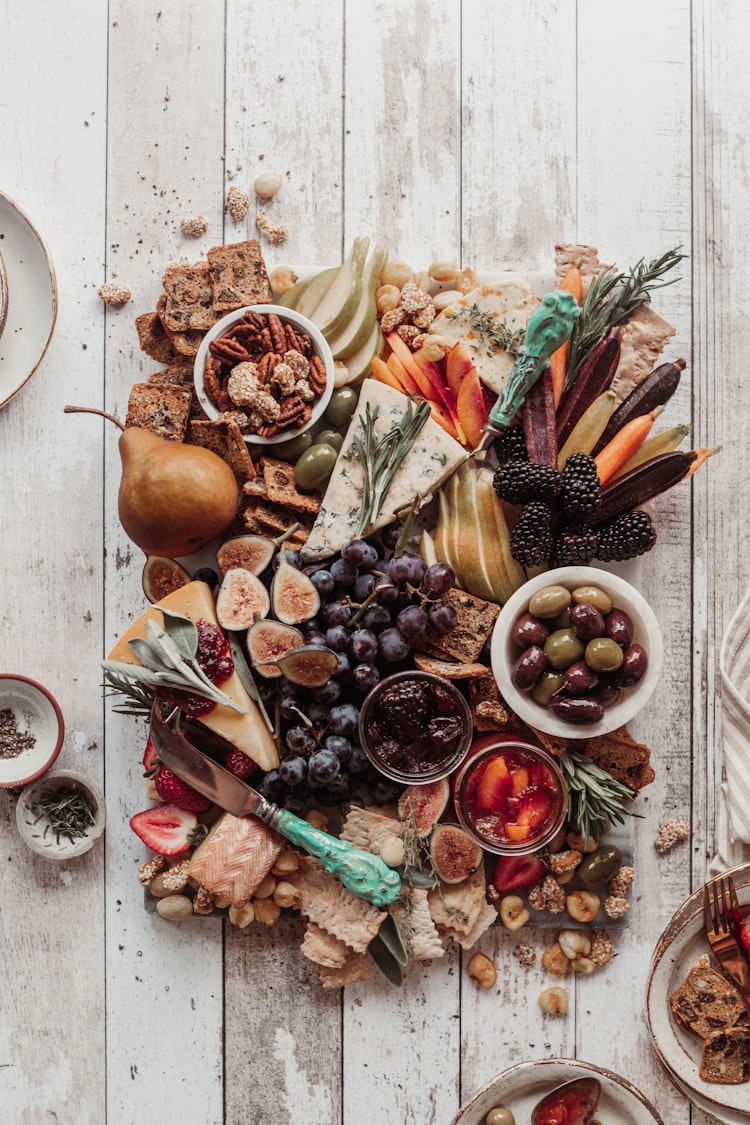
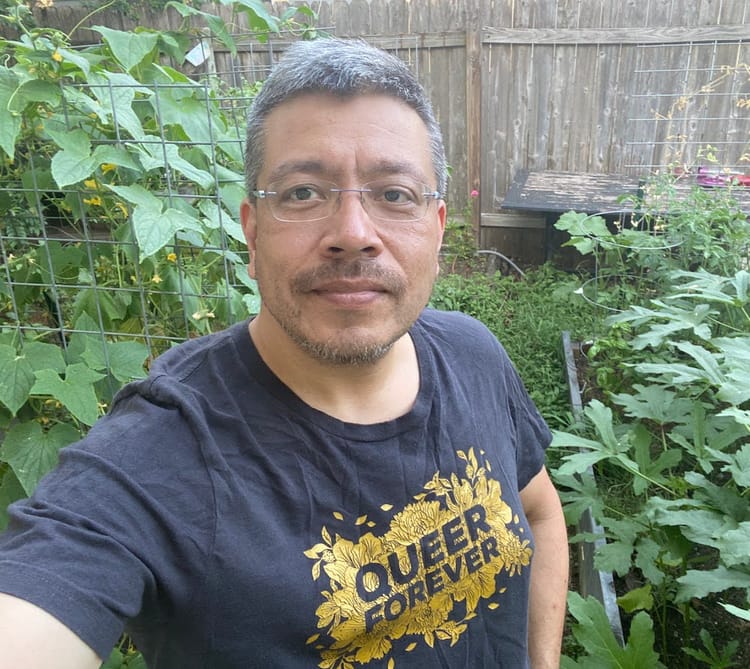
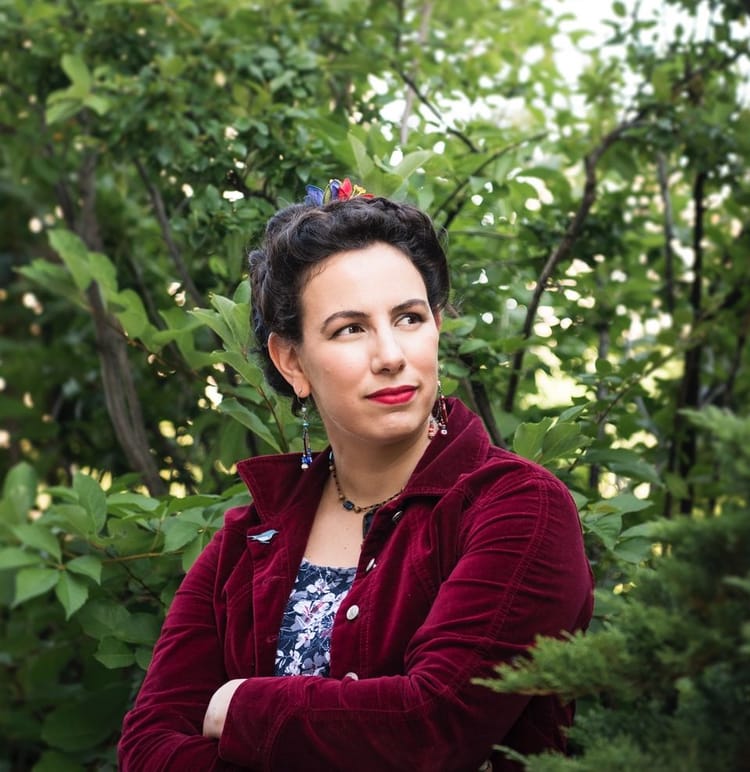
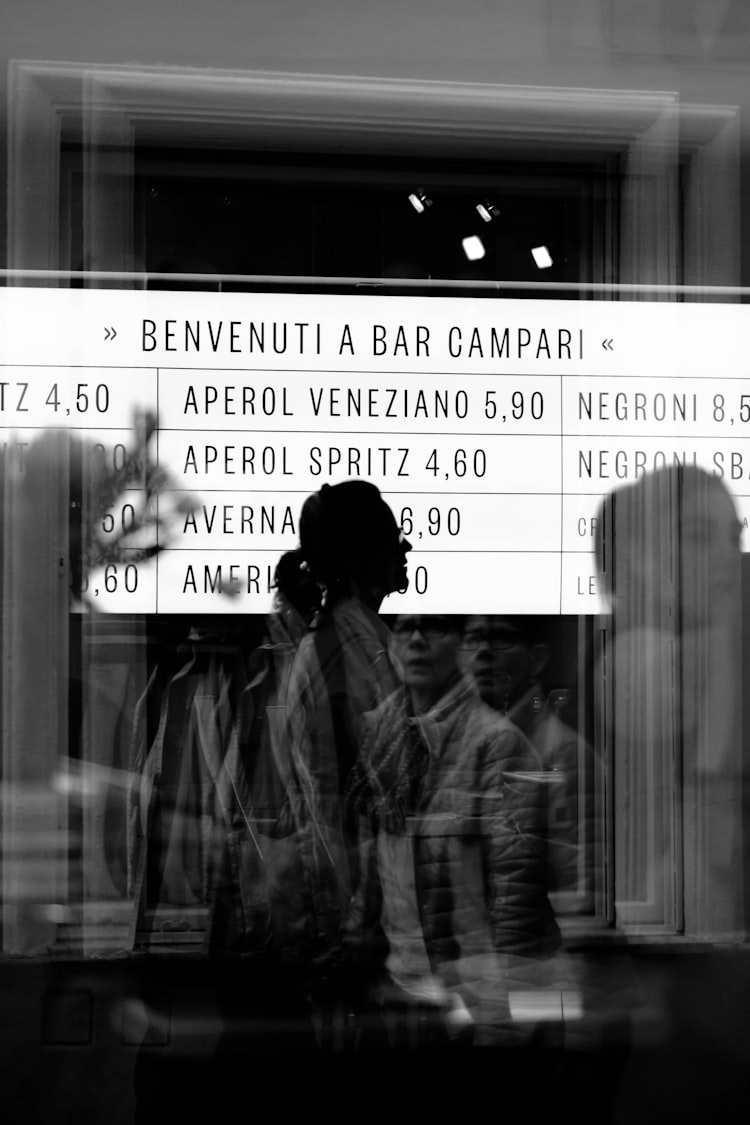
Member discussion